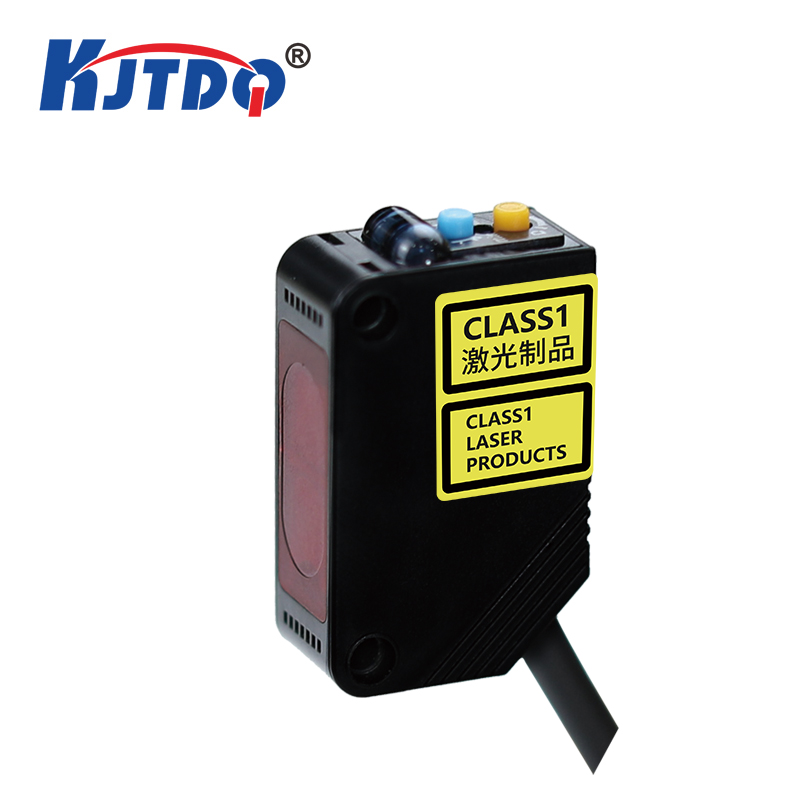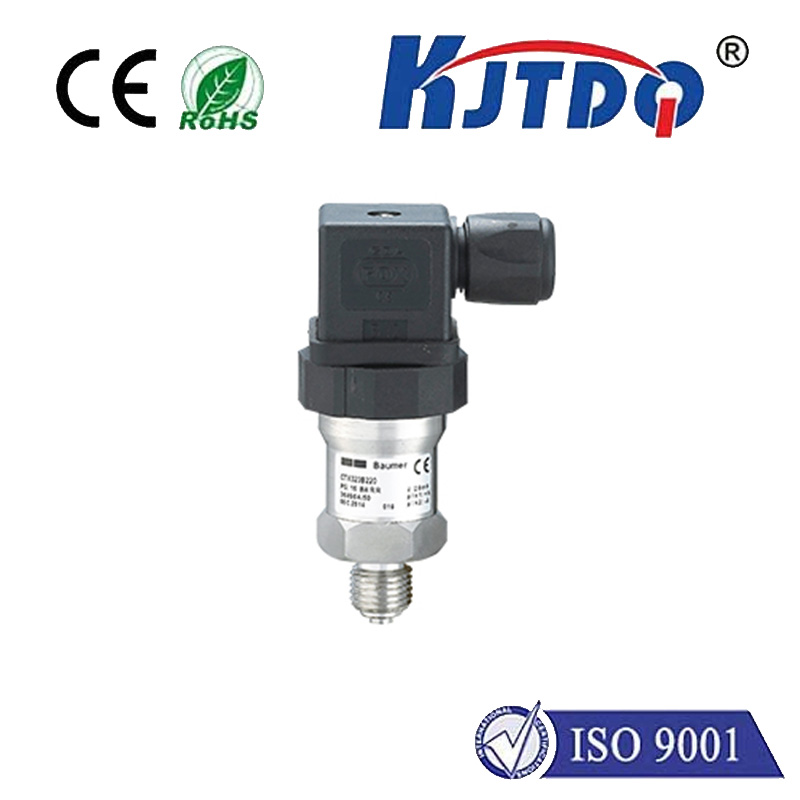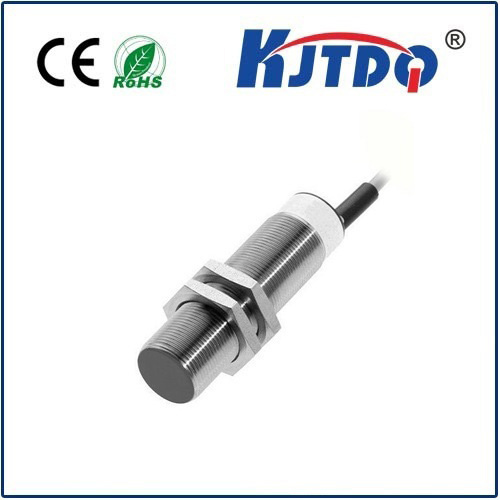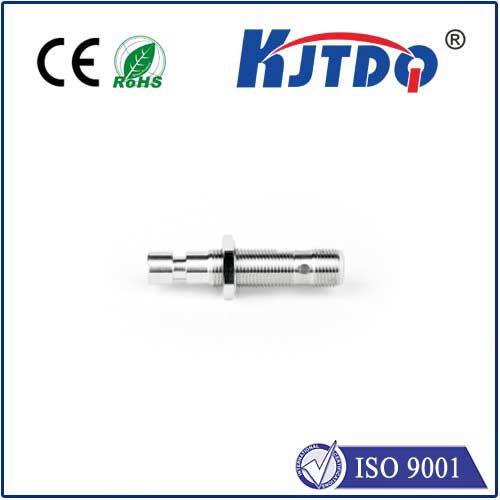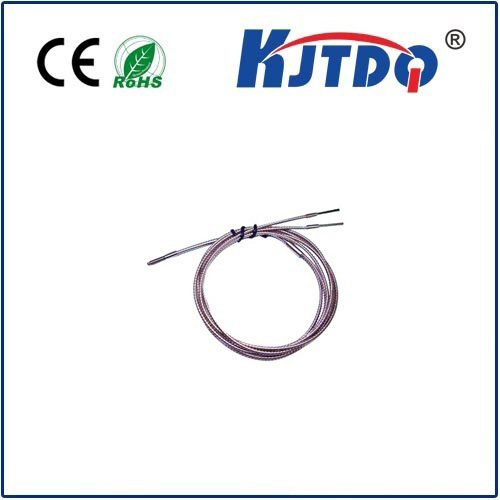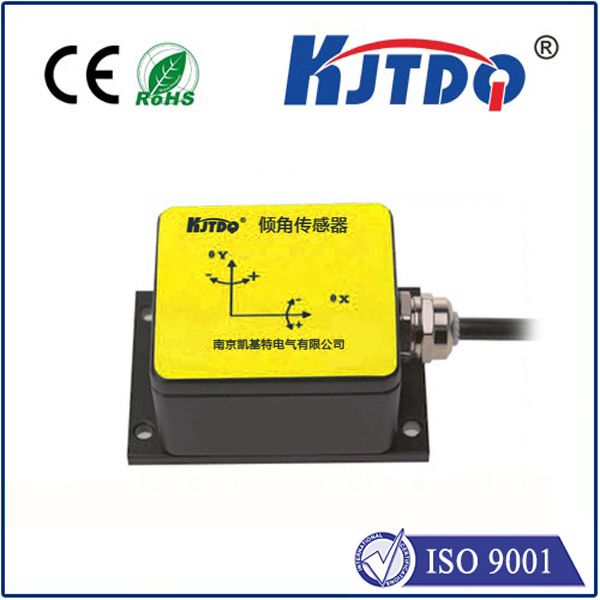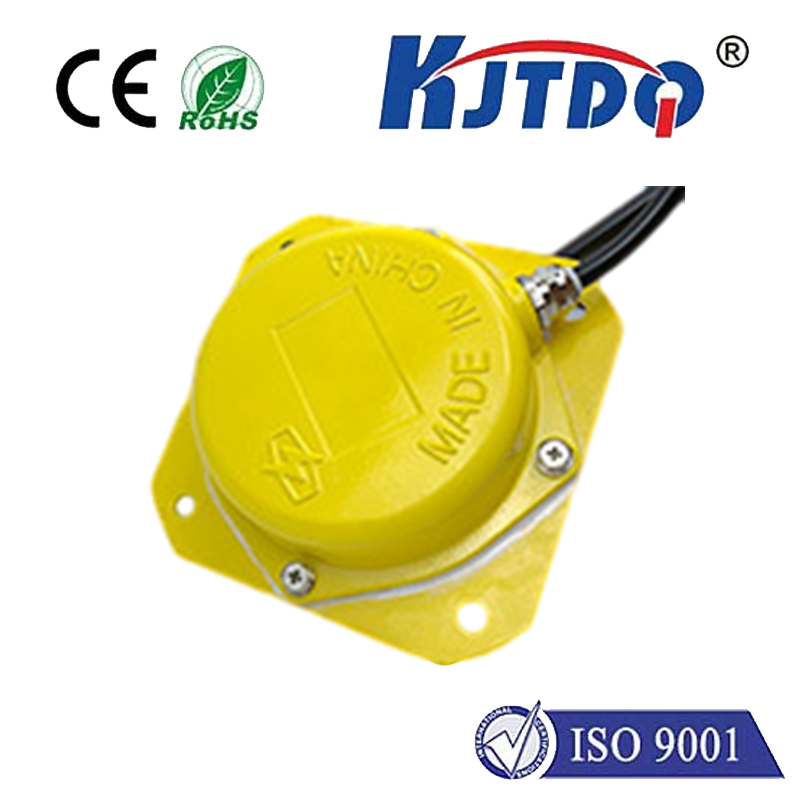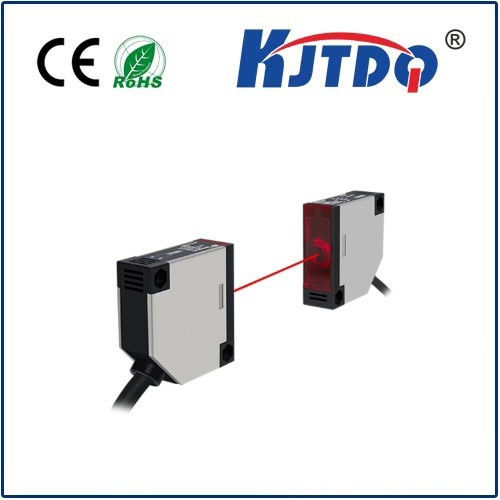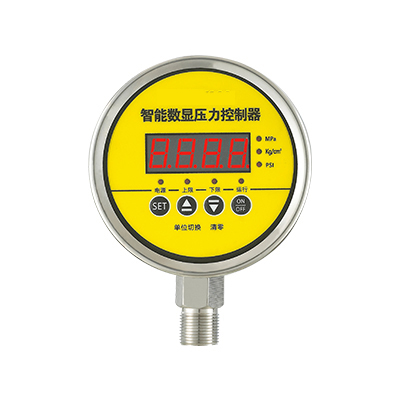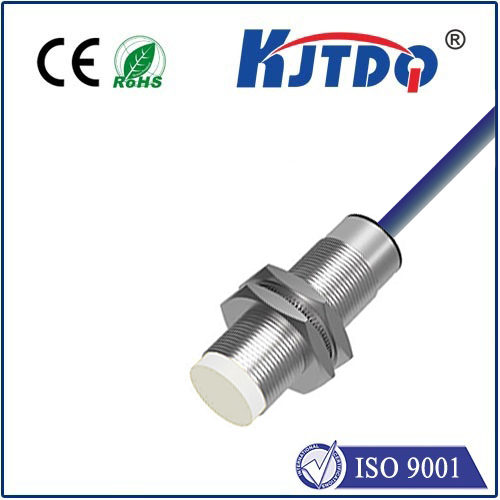BES04F5 proximity sensor
- time:2025-10-14 07:13:01
- Нажмите:0
The BES04F5 Proximity Sensor: Precision Sensing for Compact Automation Challenges
In the intricate dance of modern manufacturing and automation, where milliseconds matter and reliability is non-negotiable, tiny components often play outsize roles. Sensors are the eyes and fingertips of machines, providing the critical feedback loops that enable precision, control, and safety. Among these vital components, inductive proximity sensors stand out for their robustness in detecting metallic objects. And within this category, the BES04F5 proximity sensor has carved a significant niche as a compact, highly reliable solution for demanding industrial environments. This article delves into why this specific sensor is a go-to choice for engineers facing space constraints without compromising on performance.
Understanding the Inductive Advantage and the BES04F5
Inductive proximity sensors operate on a fundamental principle: they generate an oscillating electromagnetic field. When a metallic target enters this field, it induces eddy currents within the target, causing a measurable change in the sensor’s own oscillation. This change triggers the sensor’s output signal. The beauty lies in their non-contact nature – no physical touch is required, leading to virtually wear-free operation and exceptional longevity. They excel in harsh conditions, immune to dust, oil, and moisture (within specified ratings), making them ideal for the grimy realities of factories and machinery.
The BES04F5 epitomizes these strengths in a remarkably small package. Typically featuring an M12 threaded cylindrical housing with a sensing face diameter of just 12mm, its compactness is a primary asset. This small form factor allows it to be installed in locations where space is at an absolute premium – think cramped robotic arms, densely packed control panels, or miniature assembly stations. Despite its size, it doesn’t sacrifice core functionality.

Key Features Driving Adoption of the BES04F5
Several characteristics contribute to the widespread use and reputation of the BES04F5 proximity sensor:
- Compact Size & Standardized Design: The M12x1 threading is an industry standard, simplifying mounting and integration into existing machine designs or control cabinets. Its minimal profile enables installation in confined spaces impossible for larger sensors.
- Reliable Detection: Engineered for high repeat accuracy, the BES04F5 provides consistent and dependable detection of ferrous and non-ferrous metals (though sensing distances vary). This reliability is paramount for processes requiring precise positioning or counting.
- Robust Build & Environmental Resistance: Built to endure industrial rigor, these sensors typically boast high IP ratings (like IP67 or IP68), signifying excellent protection against dust ingress and water jets or temporary immersion. They withstand vibration, shock, and common industrial chemicals far better than many electromechanical switches.
- Variety of Output Options: The BES04F5 series usually offers various output configurations, including:
- DC 3-Wire: The most common, featuring NPN (Normally Open/Normally Closed) or PNP (Normally Open/Normally Closed) transistor outputs. PNP is often the default in many regions/systems.
- Analog Output: Provides a continuous signal proportional to the distance to the target, useful for position monitoring.
- IO-Link Capability: Advanced versions incorporate IO-Link communication, transforming the simple sensor into a smart device. IO-Link enables digital parameter setting, real-time diagnostics, remote monitoring, and simplified wiring (reducing cable clutter).
- Defined Sensing Range (Sn): Each variant has a specified nominal sensing distance (e.g., 2mm, 4mm), ensuring predictable performance when selecting the correct model for the application.
- Optimized Performance: Features like short-circuit protection, reverse polarity protection, and high switching frequencies enhance operational stability and safety within complex control systems.
Where the BES04F5 Proximity Sensor Truly Shines
The combination of its small footprint and robust features makes the BES04F5 incredibly versatile. Here are key application areas:
- Machine Tooling & Automation: Detecting tool presence/absence in spindles, monitoring workpiece clamping, confirming end-of-travel positions on slides and cylinders, and verifying part positioning in fixtures.
- Перевозка материалов: Sensing pallet presence on conveyors, detecting metal objects in sorting systems, confirming bin or tray positioning, and monitoring lift or crane positions.
- Packaging Machinery: Verifying container placement, detecting metal lids or caps, monitoring fill levels (via target position), and confirming the presence of metal components in the packaging line.
- Robotics: End-effector tool detection, confirming gripper closure on metal parts, collision detection (sensing nearby metal structures), and position feedback on compact robotic joints.
- Assembly Systems: Ensuring parts are present and correctly positioned before assembly steps begin, detecting metal fasteners, and verifying component insertion.
- Control Cabinets & Enclosures: Used internally for monitoring door position (open/closed detection via a metal target) or sensing the state of moving components within the cabinet itself.
Best Practices for Integration
To maximize the performance and lifespan of your BES04F5 sensor, consider these tips:
- Mounting: Ensure a stable and vibration-free mount. Avoid over-tightening the M12 nut. Maintain the recommended lateral distance between multiple sensors to prevent mutual interference.
- Target: Use a ferrous metal target (like mild steel) sized appropriately for the sensor’s specified range for optimal performance. The sensing distance reduces significantly for non-ferrous metals (e.g., aluminum, copper).
- Environment: Respect the sensor’s rated temperature range and IP protection class. While robust, avoid prolonged exposure to extreme temperatures or aggressive chemicals beyond specifications.
- Electrical Connections: Follow the manufacturer’s wiring diagram meticulously for power supply and load connection, paying close attention to NPN vs. PNP configuration. Use shielded cable in electrically noisy environments and keep cable runs as short as possible. Ensure proper grounding.
- Commissioning: After installation, verify the sensing distance and switch point behavior with the actual target under operating conditions. For IO-Link versions, utilize the diagnostic capabilities for setup verification and ongoing health monitoring.
Why Choose the BES04F5 Over Other Options?
While numerous proximity sensors exist, the BES04F5 consistently proves its worth through its unique blend:
- Space Optimization: Its compact M12 size is often the critical differentiator when real estate on a machine is scarce.
- Proven Durability: Built to industrial standards, it offers long-term reliability in tough environments, reducing maintenance and downtime.
- Technological Flexibility: The availability of standard DC outputs, analog outputs, and smart IO-Link versions provides scalability for both simple and sophisticated automation needs.
- Industry Standardization: The M12 form factor ensures compatibility with a vast ecosystem of connectors, mounting brackets, and accessories.
- Cost-Effectiveness: It delivers high performance and reliability at a competitive price point, offering excellent value for a wide range of applications.
From monitoring the precise position of a robotic arm to ensuring a safety guard is correctly latched, the unassuming BES04F5 proximity sensor is a workhorse of modern automation. Its ability to deliver reliable, non-contact metallic object detection in the tightest of spaces, coupled with its rugged construction and technological adaptability (especially via IO-Link), makes it an indispensable component for engineers designing efficient, compact, and high-performing automated systems. When precision and space constraints collide, the BES04F5 consistently emerges as a robust and dependable solution.

